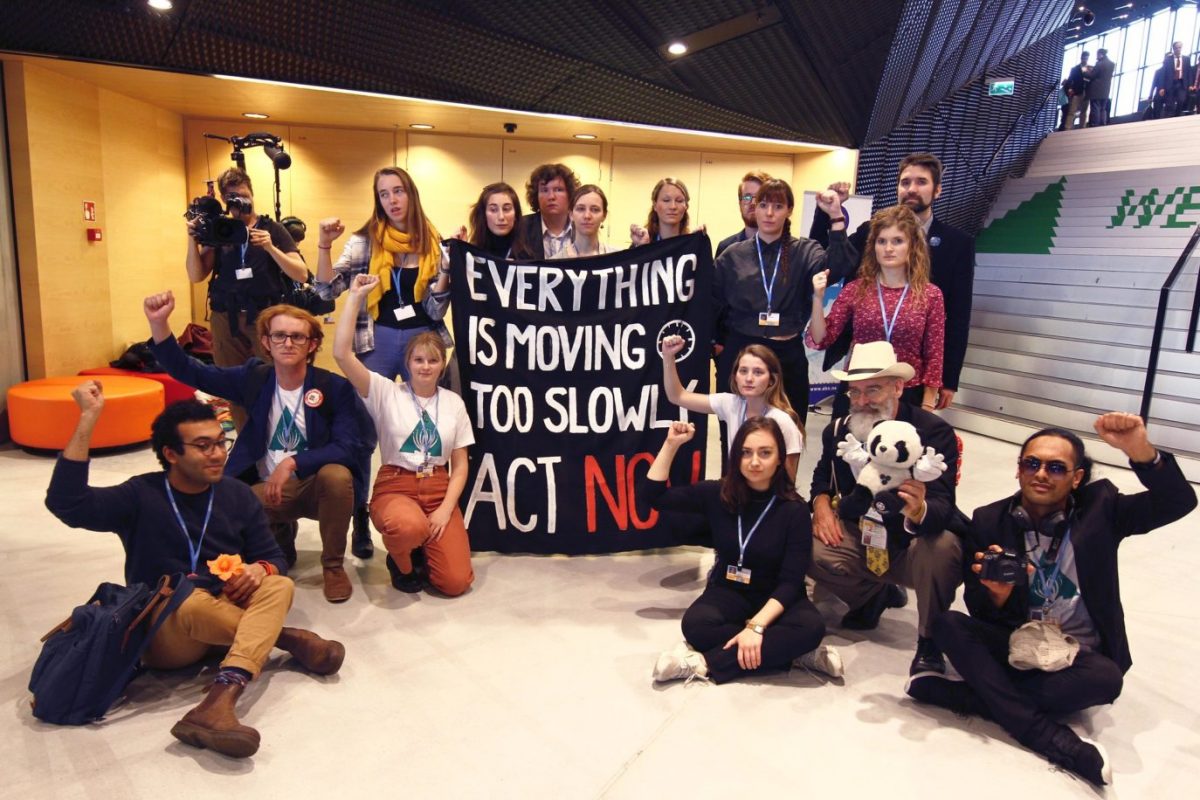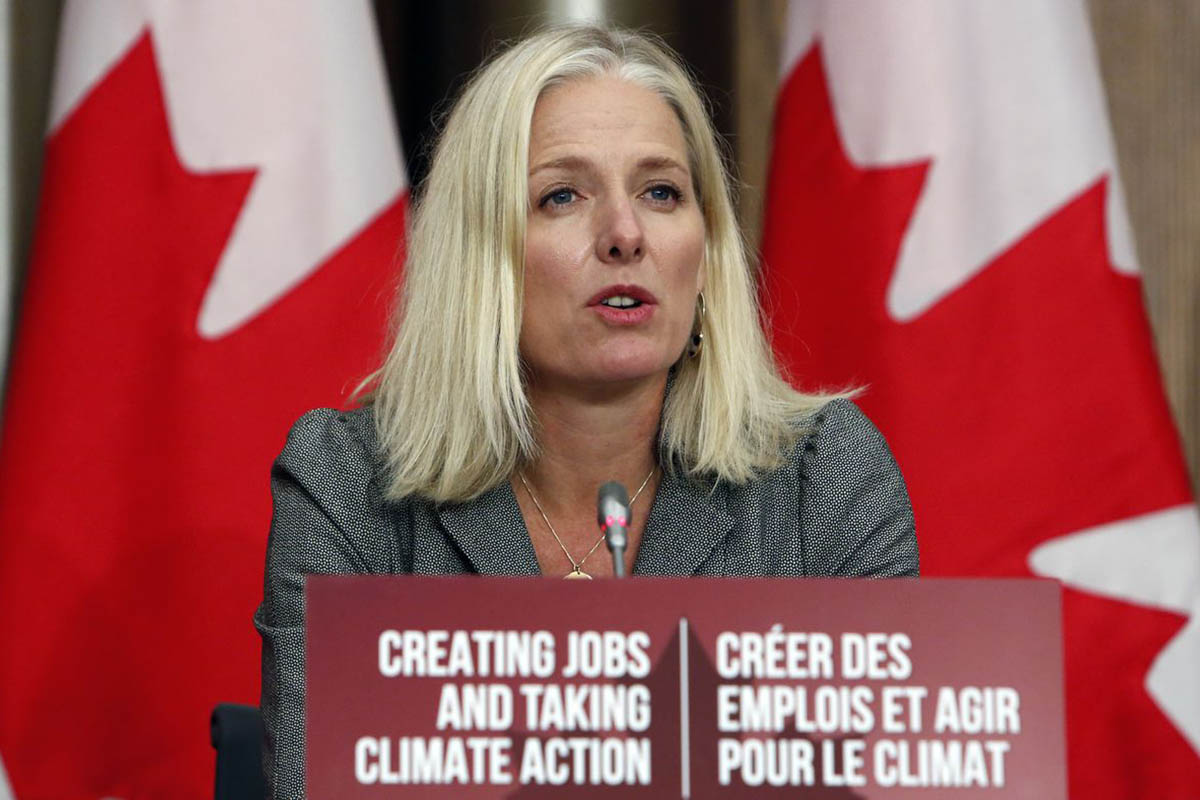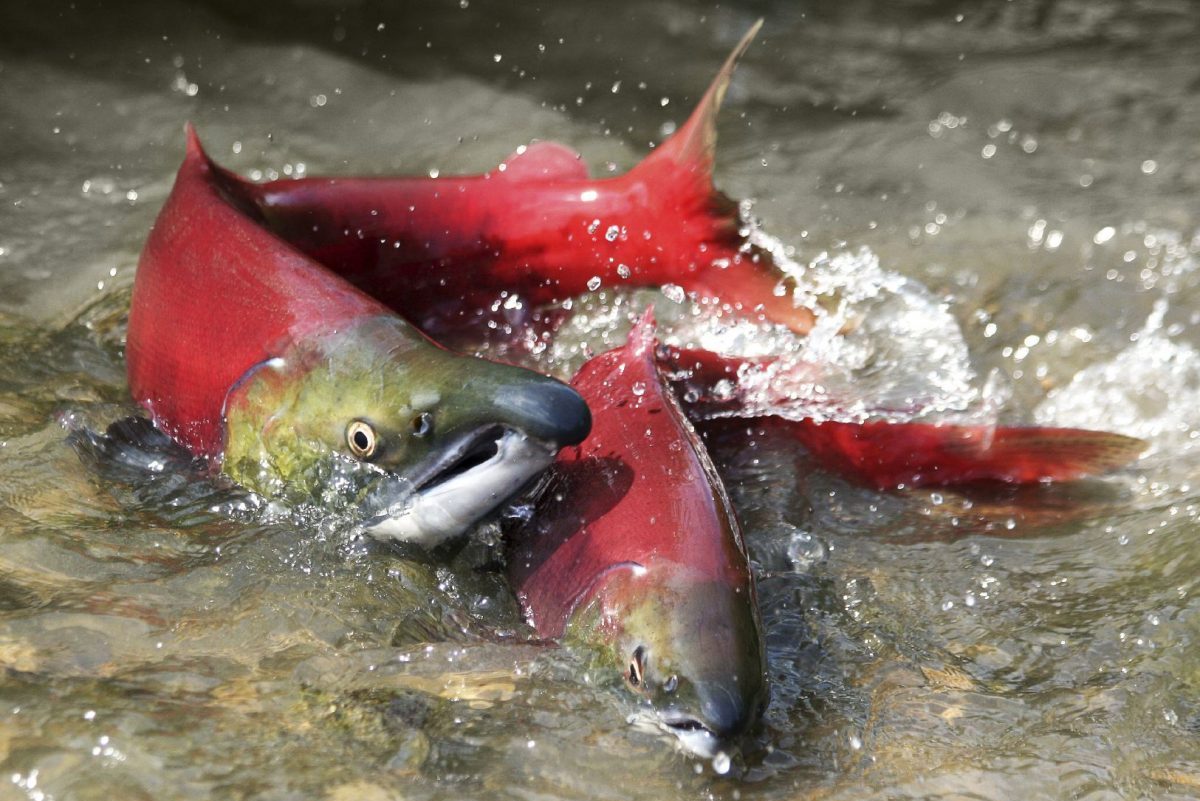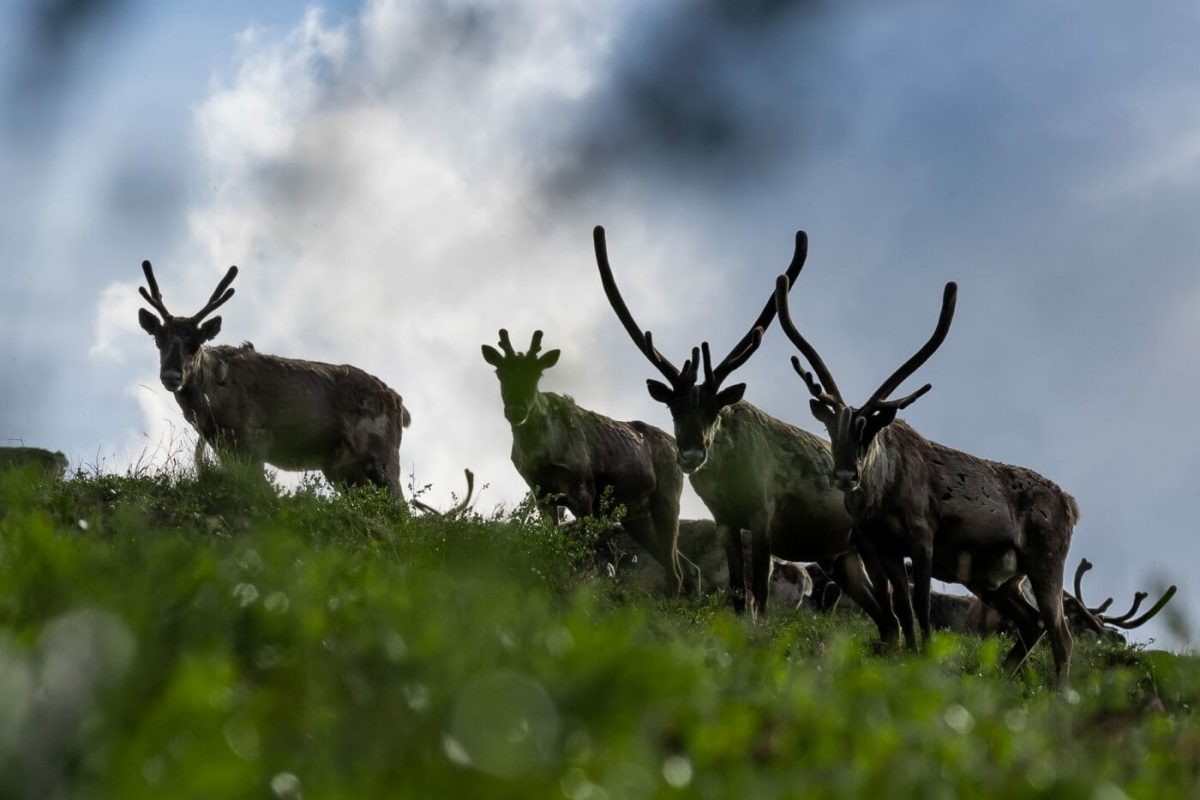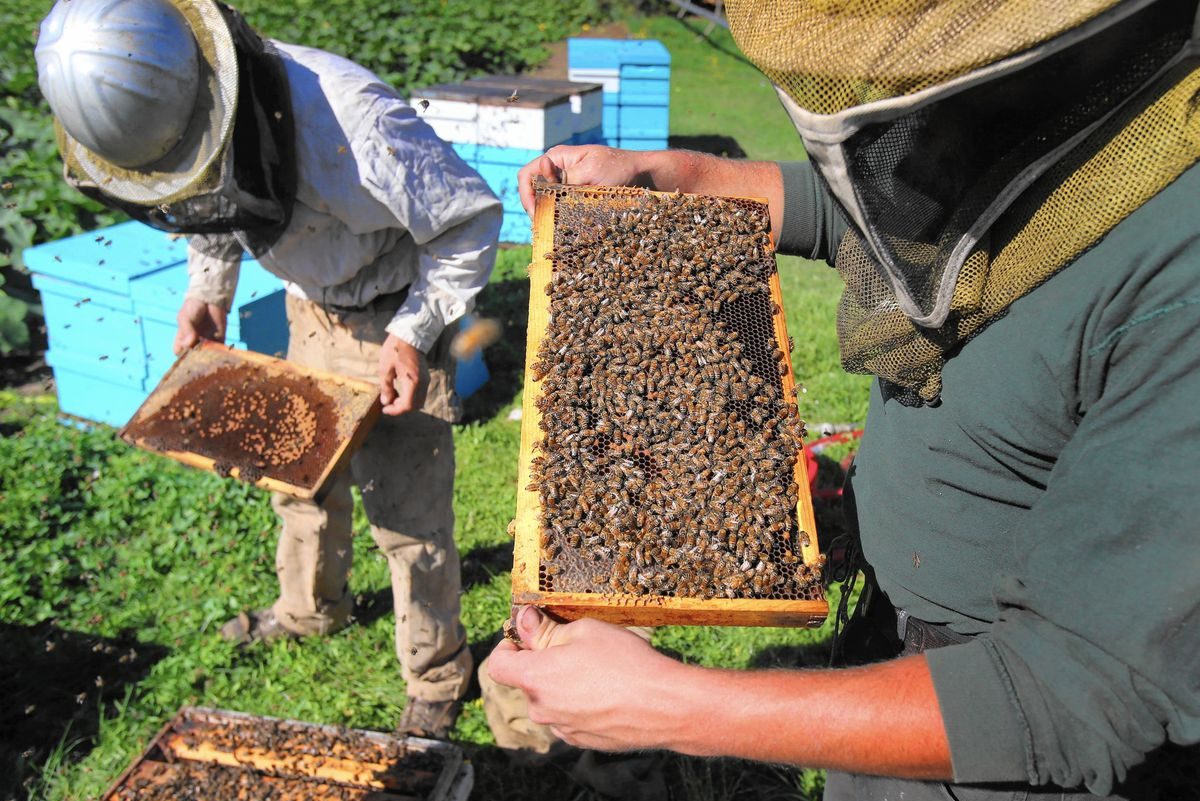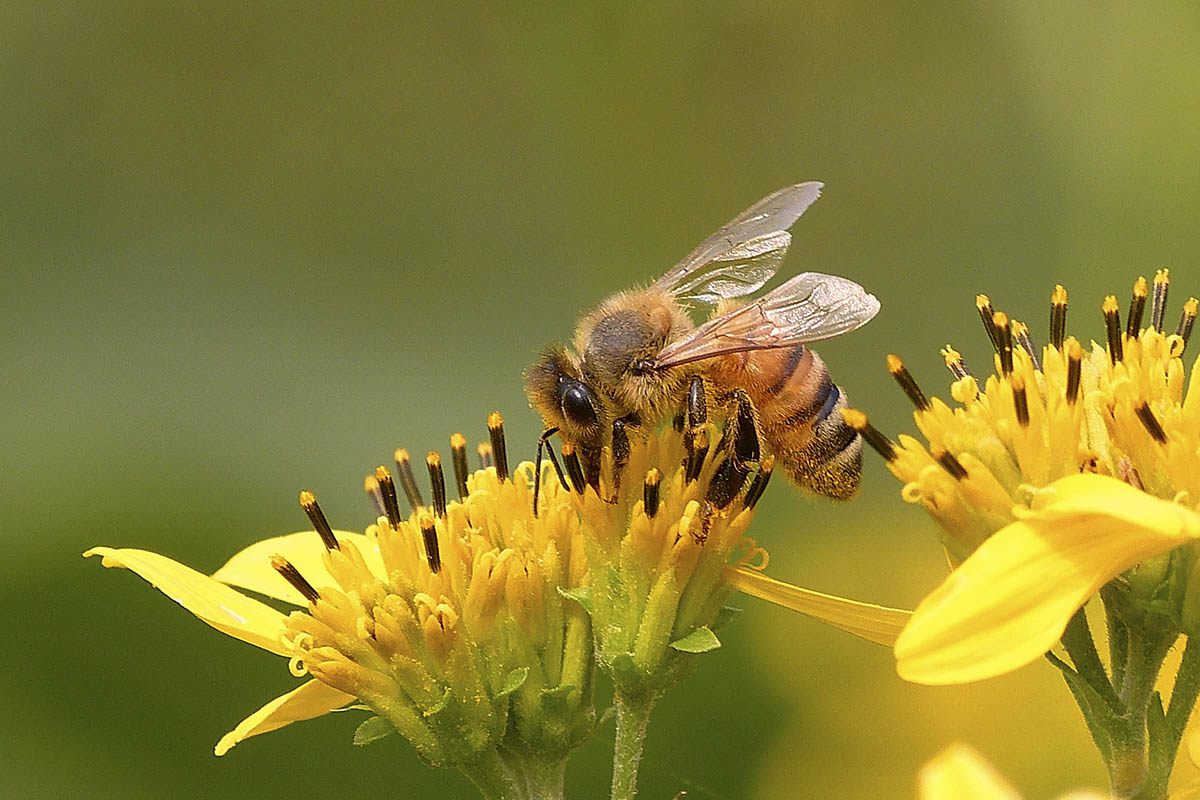Climate Legislation Delays Lead to Lack of Confidence
In November 2020, the federal government created the Canadian Net-Zero Emissions Accountability Act (Bill C-12). This is a legislative act that ensures political leaders are held responsible for reaching climate targets by reducing the emission of net-zero greenhouse gases (GHGs).
Additionally, this measure helps push the government to enforce action on climate change before 2050. However, the legislation has encountered some amendment delays due to the possibility of a federal election.
This has made various political parties blame each other for unnecessary delays. If the legislation doesn’t become law as soon as possible…


